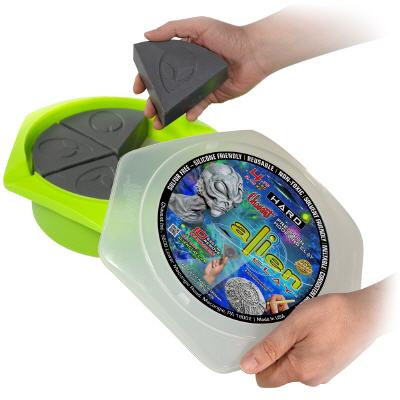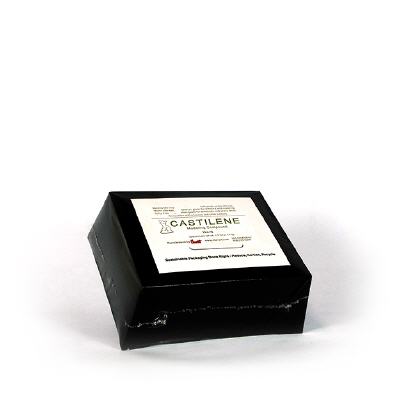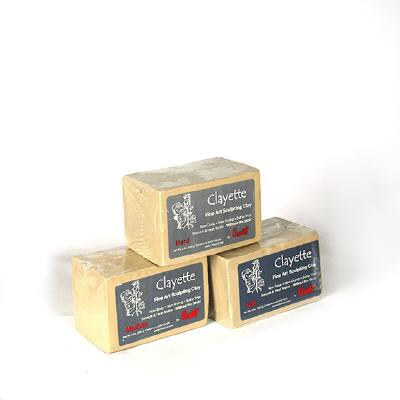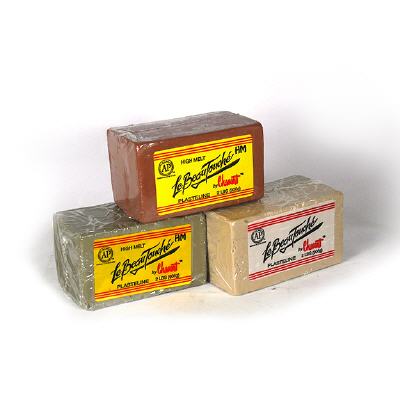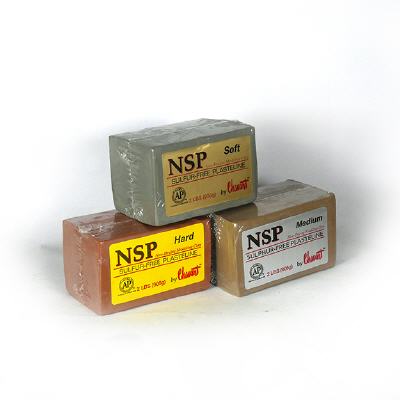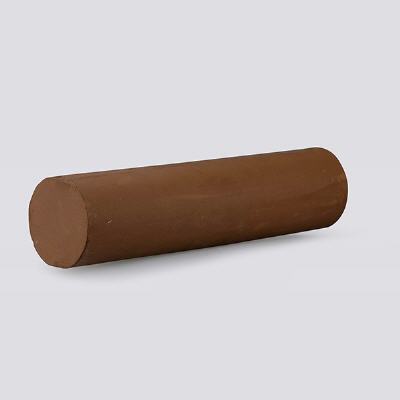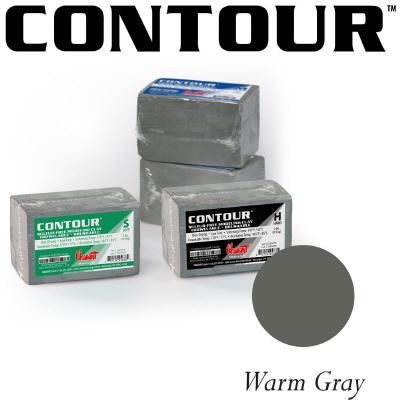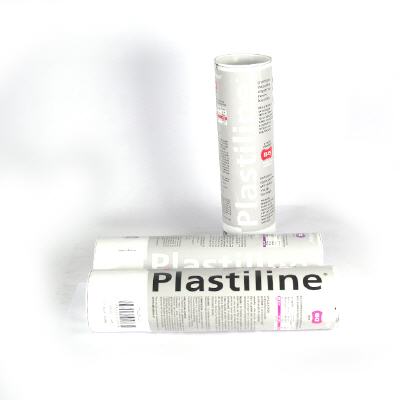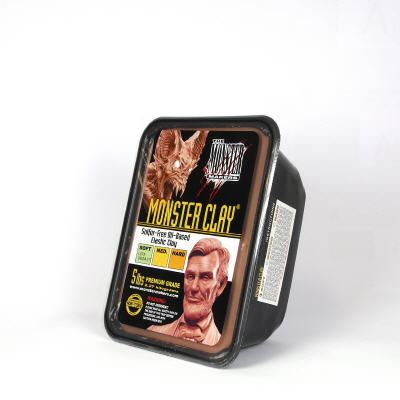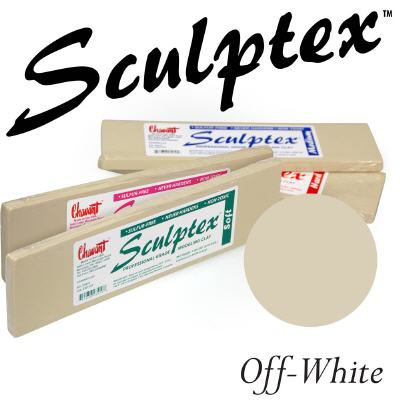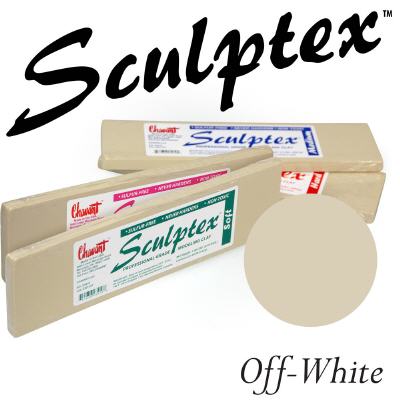- 3D Printers and accessoires
- Modeling
- Molding & Casting
- Tin Silicones
- Platinum Silicones
- Dragon Skin™ Series
- Ecoflex™ Series
- Equinox™ Series
- Mold Star™ Series
- Rebound ™ Series
- Smooth-Sil™ Series
- SORTA-Clear™ Series
- Body Double™ Series
- Psycho Paint™
- Platsil Gel & Deadener
- Rubber Glass ™
- Encapso® K
- Solaris™
- Soma Foama™
- EZ-Brush™ Vac Bag Silicone
- EZ-Spray Platinum Silicones
- Silicone Additives
- PU-Rubbers
- Alginate
- PU-Resins
- PU Foam
- Epoxy Resins
- Polyester Resins
- Gypsum & Cement
- Latex
- Mask Making Latex
- Mold Making Latex
- FormX Elastica Latex Rubber
- Monstermakers Foam Latex
- Monstermakers Mask making latex RD-407
- Monstermakers additives & Components
- Holden's Coating/Dipping Latex
- Holden's Body Latex™ - Brushable
- Holden's Mold Making Latex HX-80™
- Holden's Mold Making Latex High Viscosity HX-974™
- Holden's Mask Making Latex - Pourable HX-407™
- Holden's Mask Making Latex - Brushable HX-807™
- Holden's Cosmetic Latex™
- Holden's Frisket Mask Latex
- Holden's HX-Injection Medium™
- Latex Accessories
- Latex Pigments
- Latex Paint
- Latex Thickener
- AcrylCast
- Prince August
- Concrete Mixtures
- Jesmonite Acryl System
- Buddy Rhodes™ Concrete Products
- Seal and Release
- Additives
- Pigments
- Jesmonite Liquid Pigments
- Pure Pigment Powder
- Ultra Fine Pigment Powder
- Silc Pig™ pigments for silicone
- Glow Worm™ Fluorescent Pigments
- Cryptolyte™ Glow in the Dark
- SilcPig™ Electric fluorescent for silicone
- Siltone Pigments for silicone
- SilTone Kits
- FuseFX Silicone Coloring System
- S.A.M Silicone Coloring System
- Key Pigments for Silicone
- Kryolan Flock Fiber
- Latex Pigments
- Polyester Pigment
- UVO™ - PU-pigments - UV-Resistant
- SO-Strong - PU-pigments
- Ignite™ fluorescent PU-pigments
- Real Metal Powders
- Faux Metal Powders
- Cast Magic™ Powders
- Paints
- Maker Pro Paint™
- Maker Pro Paint™ Fluorescent
- Maker Pro Paint™ Metallics
- Maker Pro Paint Additive
- Vallejo Acrylic Paints
- Vallejo Metal Color
- Vallejo Acrylic Mud
- Vallejo Primers and Laquer
- Psycho Paint™
- MM Latex Paint
- MM Latex Paint Base
- FFX LY-series silicone paints
- FFX F-series silicone paints
- FFX M-series silicone paints
- jesmonite paint
- Fillers and Finishing
- Solvents & Thinners
- Adhesives
- Tools
- Equipment
- Special Make-Up
- Cannom grease paint
- Skin Illustrator palettes
- Skin Illustrator Liquid
- Fleshtone 60ml
- Fleshtone 120ml
- Dark Fleshtone 60ml
- Dark Fleshtone 120ml
- FX 60ml
- FX 120ml
- FX 240ml
- Complexion 60ml
- Complexion 120ml
- Alchemy 60ml
- Alchemy 120ml
- Grunge 60ml
- Grunge 120ml
- Grunge 240ml
- Mardi Gras 60ml
- Mardi Gras 120ml
- Necromania 60ml
- Mekash Colors 60ml
- Clear Gloss 60ml & 120ml
- Glo-Worm 60ml & 120ml
- Tattoo Classic 60ml & 120ml
- Sunburn
- Alphabetical all
- Skin Illustrator Liquid Concentrates
- Fleshtone liquid Concentrate 60ml
- Dark Fleshtone liquid Concentrate 60ml
- FX liquid Concentrate 60ml
- FX liquid Concentrate 120ml
- Alchemy liquid Concentrate 60ml
- Grunge liquid Concentrate 60ml
- Mardi Gras liquid Concentrate 60 ml
- Necromania liquid Concentrate 60ml
- Necromania liquid Concentrate 120ml
- Concentrate Alphabetical
- Skin Illustrator Singles
- Skin Illustrator Glazing Gels
- Skin Illustrator Glazing Spray
- Skin Illustrator Mouth FX
- AlliedFX (Blue Bird)
- RipperFX Palettes
- Stacolor Palettes
- Maqpro Farde Palettes
- Tattoo
- PAX Paints Thomas Suprenant
- MaqPro Make-Up Mixer
- MaqPro Creamy
- MaqPro Bruise Gel
- Old Age Stipple
- Holden's Cosmetic Latex™
- Brushes Make-Up
- Stamps & Molds
- Head Armatures
- Sponges and Applicators
- FormX Tools
- Kryolan Make-Up
- Special effects
- Prostetic Materials
- Help me choose
- Literature
Oil Based Clay

Oil-based clays are made from various combinations of oils, waxes, and clay minerals. Because the oils do not evaporate like water, oil-based clays remain malleable even when left in dry environments for long periods. Articles made from oil-based clays cannot be fired.
Oil-based clays are also suitable for the creation of detailed sculptures from which molds can be made. Castings and reproductions can then be produced from much more durable materials. Cars and airplanes may be created using industrial design-grade modelling clay.
Oil Based Clay
Reproducing the model
The finished clay model will have some sort of reproduction mold (rubber, plaster, fiberglass) taken from the clay's surface. Once the mold is made, a permanent material can be cast out of the mold or the lost wax process can begin to create a bronze. Completed projects that begin as clay models can range from Heroic size bronzes to full size automotive designs, from graphic props to moving monsters and from jewelry design to children's toys.
Choosing
Various clay projects may require specific characteristics that are often difficult to define. Client's requirements will occasionally vary from project to project but most importantly a clay body will usually be chosen based on the personal preference of the worker. Questions or alternative characteristics that all sculptors will consider when selecting a clay body may include:
- Simply, what feels right
- what works in a certain climate
- what is best for making molds
- what sticks best to an armature material
- what clay doesn't smell
- what holds technical detail
- what works best for a loose style
- is the clay hard or soft enough?
Le Beau Touché and Le Beau Touché HM: can be heated to a semi molten state, to brush or trowel, at
approximately 185-210 oF, however it will not reach a viscosity suitable to pour.
NSP: can be brushed at 180 oF and poured at 185 oF. When cooled, the clay tends to feel harder than the original
but can be kneaded back to a firmness and consistency similar to the original clay. Repeated cycle of melting and
cooling will eventually cause irreversible hardening.
Y2 Klay: can be brushed at 180 oF. Flow improves with higher temperature and can be poured at around 195-210
oF; the higher the temperature, the better the flow. However, after the clay cools, the hardness is proportional to
the melt temperature. The increase in hardness is irreversible.
Guide
Let us help you find your way.
The list below may help you find what you are looking for via an alternative path.
